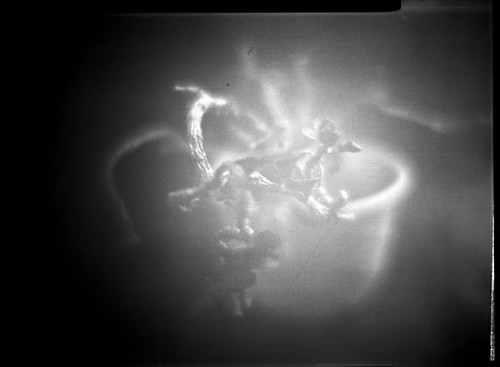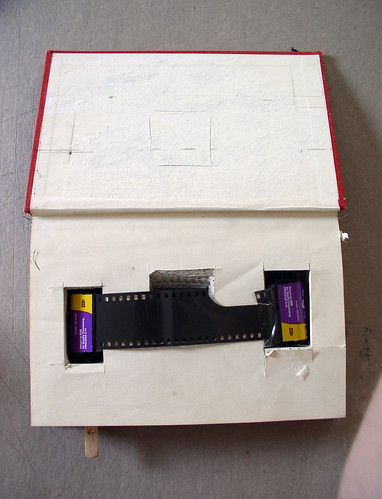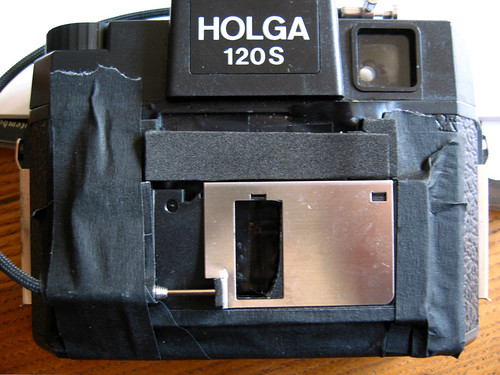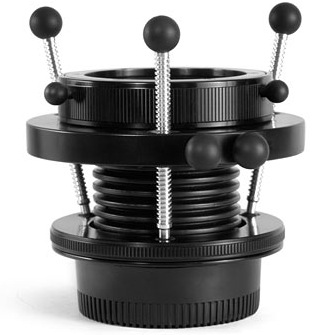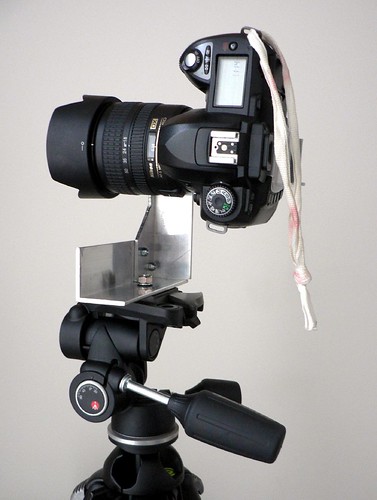Bf5man writes: "A useful trick to repair or to do a mockup of a plastic part, is to disolve ABS shavings in acetone, it forms a glue that can be used to repair plastic stuff, or if thicker, can be used to mold things. Here’s an exemple of what can be accomplished with this method."
Sounds kind of nasty and smelly, but also good for casting parts for or repairing toy cameras.
Read instructions at mp3car.
Via MAKE Blog
